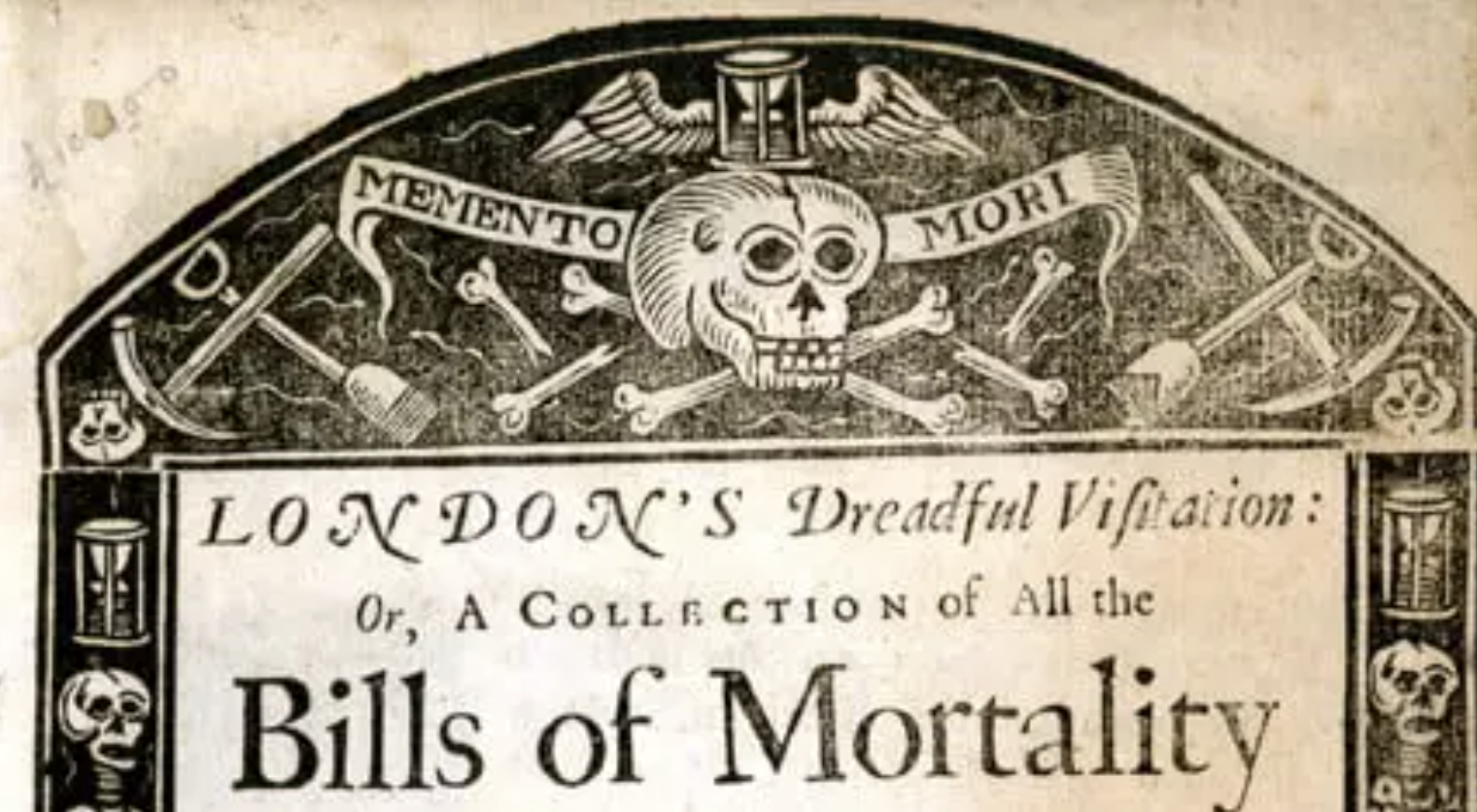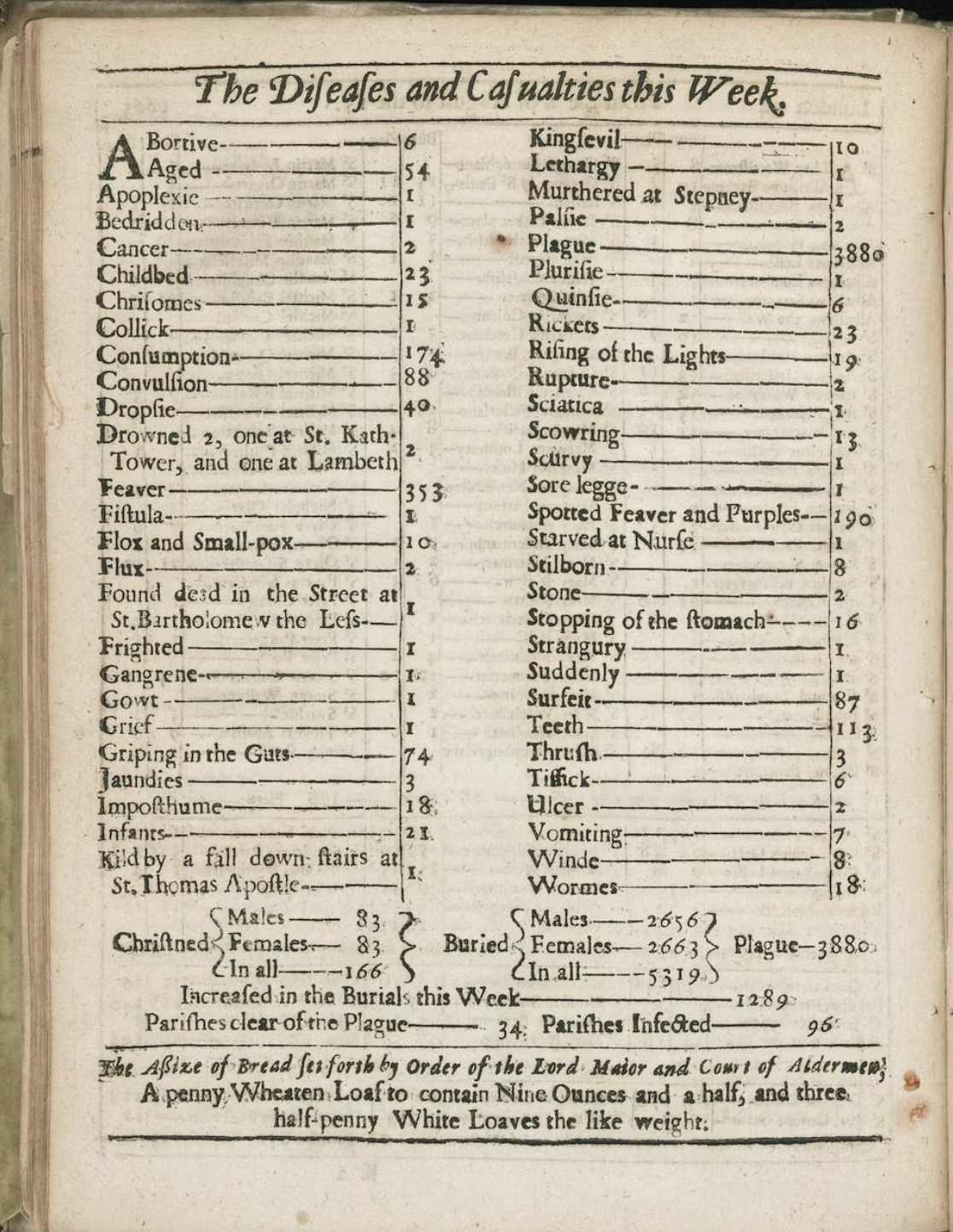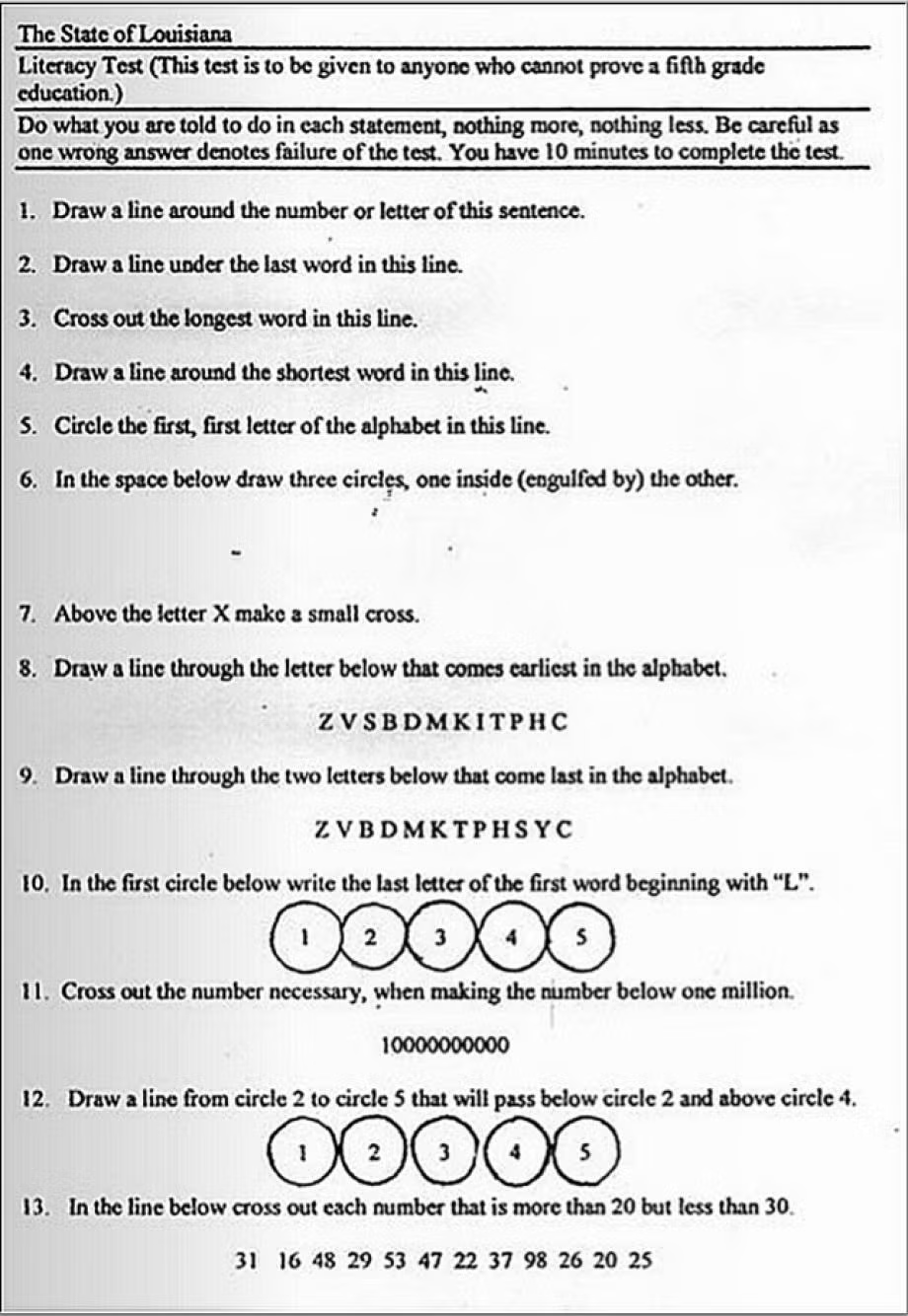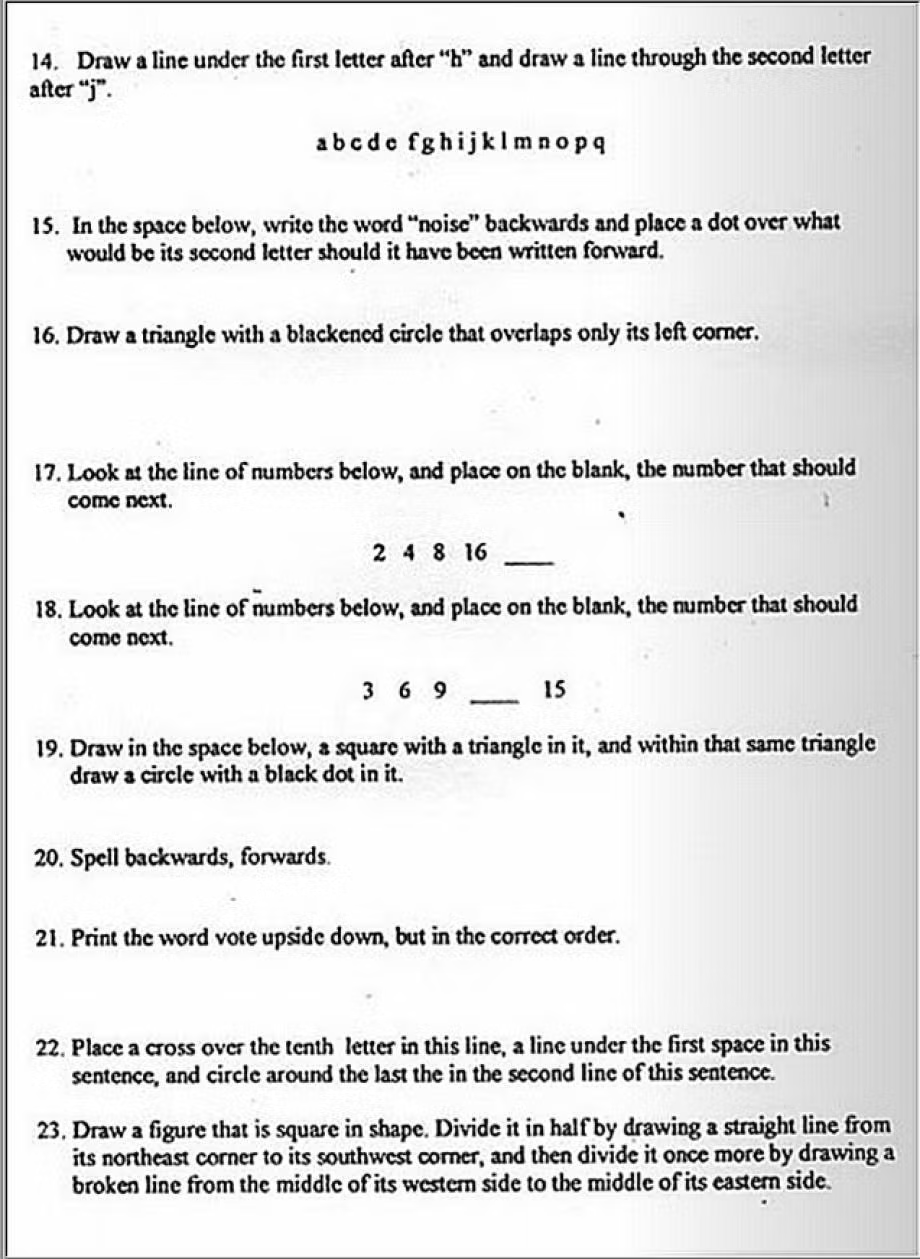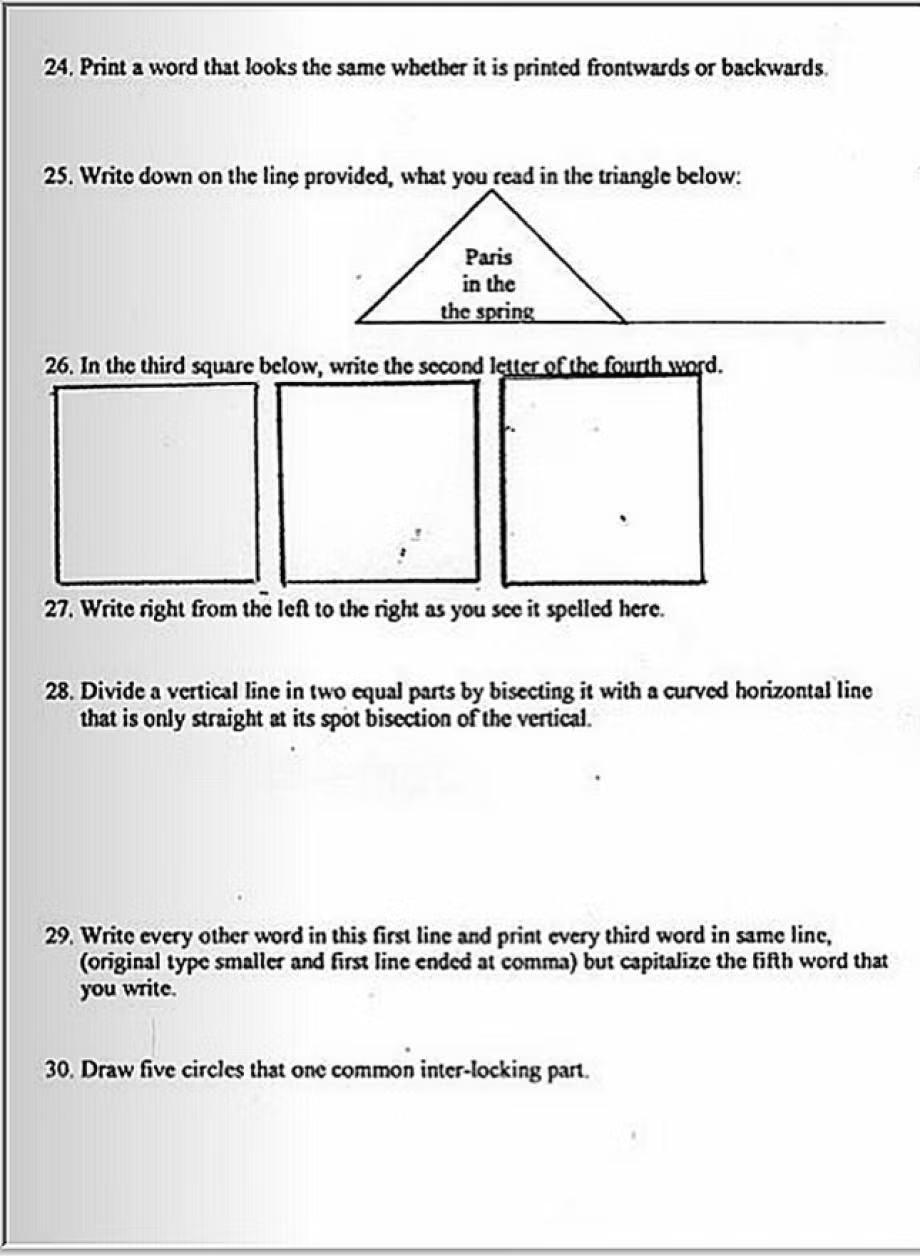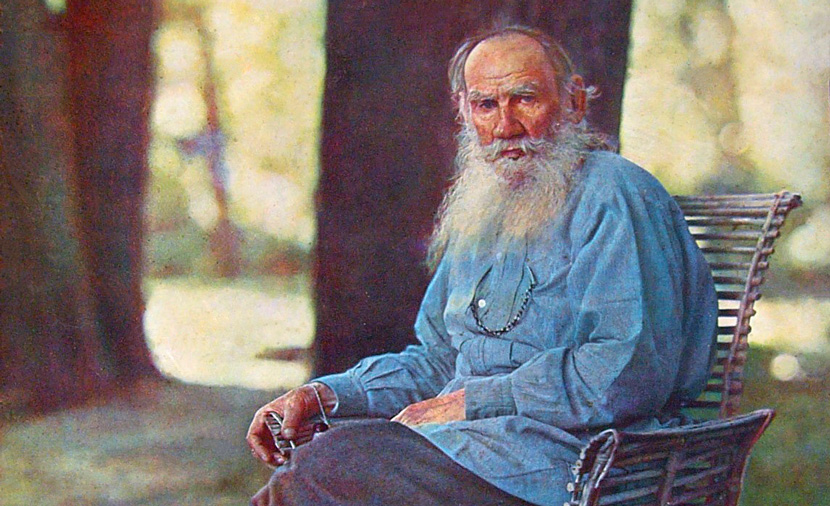The video above from YouTuber Alex Day includes clips from about 500 movies, and you’ve almost certainly seen more than a few of them. Battleship Potemkin, Dumbo, Rear Window, Dr. No, The Godfather, E. T. the Extra-Terrestrial, Top Gun, Braveheart, Gladiator, Inception: we’re not talking about obscurities here. Whether or not you count them among your personal favorites, these motion pictures have all become near-universally known for good (and/or Oscar-related) reasons, some of which may come back to mind as you watch the history of cinema visually retold through a feature-length string of their especially recognizable scenes.
Though genre pictures dominate, “I have not selected those films that marked the development of a genre or film stream,” Day writes. “I have selected the most popular and better known ones by people. That’s why I’ve included so many American movies and less of other countries, because a lot of the most famous movies throughout history are from the U.S.” (Hence, for example, the absence of Hideo Nakata’s influential piece of “J‑horror” Ringu and the presence of Ringu, its Hollywood remake from a few years later.) No matter where in the world you happen to be, a reference to Rocky, Back to the Future, or Home Alone — or any work of Steven Spielberg, a major presence in the video — can go a surprisingly long way.
No matter how popular these movies are, it would be the rare viewer indeed who could claim familiarity with each and every one of them. Almost inevitably, the experience of watching this video turns into a game of seen-it-or-not, which sheds light on the most intensive periods of your life in filmgoing. For my part, I must have watched almost every movie included from around the turn of the millennium, when I was just coming of age as a cinephile (and when even mainstream cinema, coincidentally or otherwise, was in an especially inventive period). It recently gave me pause to hear that American Psycho is now being remade — but then, having come out nearly a quarter-century ago, it’s presumably settled into its place in cinema history.
Related content:
The Most Beautiful Shots in Cinema History: Scenes from 100+ Films
The History of the Movie Camera in Four Minutes: From the Lumiere Brothers to Google Glass
Hollywood: Epic Documentary Chronicles the Early History of Cinema
Cinema History by Titles & Numbers
Based in Seoul, Colin Marshall writes and broadcasts on cities, language, and culture. His projects include the Substack newsletter Books on Cities and the book The Stateless City: a Walk through 21st-Century Los Angeles. Follow him on Twitter at @colinmarshall or on Facebook.
